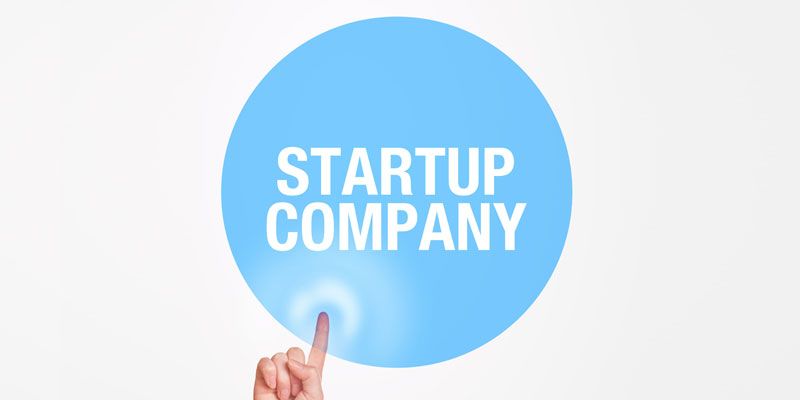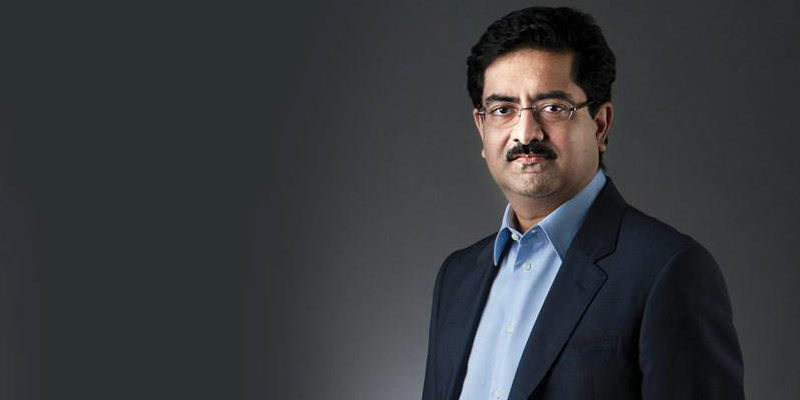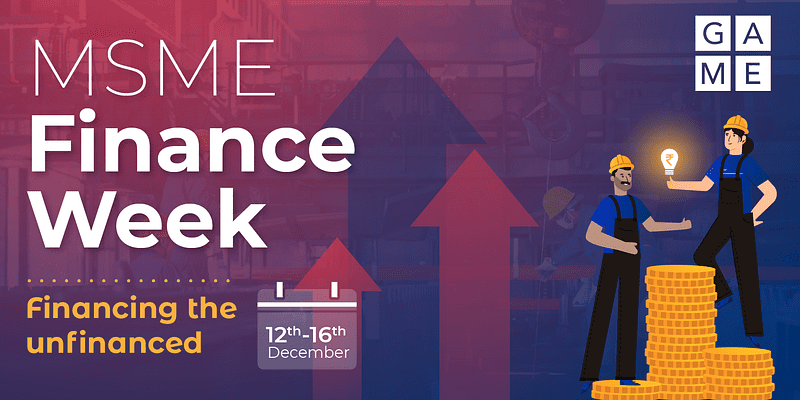Tech bubble 2.0? Don’t dwell on doomsday. Instead, prepare for success
For some time now whispers of an impending doom have been making the rounds. Of late, the whispers have turned into loud screams. Having lived through the painful aftershocks of the last bubble, I believe it’s always prudent to honestly assess the situation and make our own conclusions.
Last year, early stage venture capital investments touched $34 billion, marking the first occasion when it exceeded the high of $27 billion recorded prior to the dotcom crash of 2000.

Image credit "ShutterStock"
Seed stage to late stage deals in the venture capital space rose to a record 12,000 ($99 billion) last year; double the number of deals that took place between 1999 and 2001 ($85 billion).
And since ominous signs come in threes, here’s another fact: investors have valued at least 73 private companies worldwide at $1 billion or more today, according to the 'Wall Street Journal'. During the height of the dotcom boom this figure, adjusted for inflation, stood at 35 companies. However, many of the current members of the elite $1 billion club are making no money at all.
Déjà vu?
Old time investors are admittedly feeling a sense of déjà vu because of the eerie similarities between the unfounded highs of 2000 and now. While there’s no telling if these three indicators have peaked, what is clear to us in the startup ecosystem is that we are in a state of extreme optimism, though calling it a Tech Bubble 2.0 may be a stretch.
I cringe whenever I hear people say “this time it is different” to justify the hype. However, I do believe that the technology landscape has evolved and matured since the last bubble. Widespread Internet penetration worldwide and the plethora of business models that have emerged beyond the dotcom models are genuine causes for optimism. Nevertheless, exercising some caution can only safeguard us from entering a state of extreme optimism, and from potentially witnessing bubble 2.0.
Comparing the causes between then and now shows just why the latest version is expected to unleash less carnage if and when the optimism turns into pessimism.
Bubble 1.0 came about because the whole ecosystem, including innocent players like retail investors, got caught up in the dotcom hype which was grossly overestimated. Investors, en masse, made a beeline for dotcoms and valued them for their tech advancement rather than for the rigour of their fundamentals. It didn’t help that the public markets got carried away as well.
In contrast, Bubble 2.0 is primarily a private affair. Since private markets lack the liquidity and reach of public markets, a repeat of the massive correction that started in 2000, when the NASDAQ fell from 5000 to 1100 points very quickly, is not expected. There is bound to be a correction but it is likely to be of a slower nature.
Stick to ‘cash is king’ mantra
We, at Kalaari, are great believers in the emerging digital India story because we expect boundless opportunities to surface here. However, if there is a market adjustment worldwide, it could well touch us. We live in a connected world, and tremors anywhere in the globe could impact us.
Incidentally, the capital flow to support the build up of the new digital India euphoria is primarily external; so funding here may run out. We can expect the drought to be more severe if interest rates rise in the US. Allocations to tech companies may reduce, as investor appetite for riskier investments will wane. Tech startup valuations could drastically fall. Investors that are new to tech, but are aggressively bidding up some of these high valuations, will become extremely conservative at the first sign of trouble.
To raise more funds and to provide liquidity to investors, tech companies will have no recourse but to list. However, with horror stories of the last meltdown still fresh, I don’t expect public markets to absorb too many of these loss-making businesses. In a pessimistic environment, young companies will invariably take longer to reach their potential. Some may not be able to survive the trough. An unfortunate consequence of such a sentiment change is that good companies with solid business models will also find it difficult to raise funds.
This raises the question — what can startups do to live out any downturn in funding appetite?
It seems that adopting the mantra ‘cash is king’ might be the soundest protection mechanism for startups. When the euphoria subsides, only those with sufficient cash in the bank will be able to sustain their fledgling ventures. In fact, if you are a leader in your space, a downturn might actually benefit you. Me-toos will get weeded out, customer acquisition costs will go down, and you will get to focus on the fundamentals rather than fighting the competition.
Those with a prudent expense structure will also be better off. So, startups please check: what sort of expenditure dominates your budget? Fixed costs are difficult to cut; variable costs are more manageable.
Much has been said about tech startups pushing salaries through the roof, and rightly so. Tech hiring in the US has posted new records with starting salaries almost hitting $100,000 with mega paper-equity incentives loaded on top. Similar stories are making the rounds in India as well.
Realistic expectation
Certainly, on-boarding the right talent and engineering skills can help tech companies build scale quickly. However, it is as vital to have sustainable and realistic salary expenses.
Customer acquisition costs must be reasonable, too. Don’t give up on your organic customer acquisition strategy because you are flush with cash; continue to refine it and get better at it. There is no harm in applying some checks on overall spending; it will only limit your cash burn rate and stretch your cash reserves.
Creating a profitable business takes time. Still, it helps to set the till ringing sooner than later. Develop a plan not only to attract customers and gain traction but also adopt a business model that can help build a conventional profit-generating enterprise.
It is always better to offer must-have products and services that are consumed frequently, no matter whether the economy is on an upswing or a downturn, than to offer good-to-have products and services that consumers only splurge on when the going is good and pricing is attractive.
On a final note, the old adage - An ounce of preparation is worth a pound of cure - is, perhaps, what we need to adopt.











